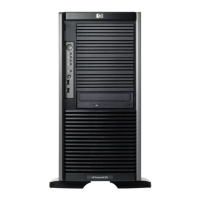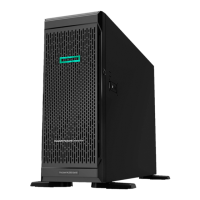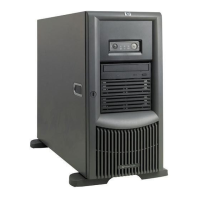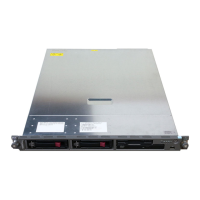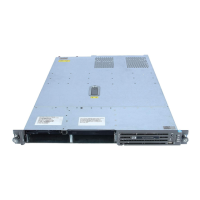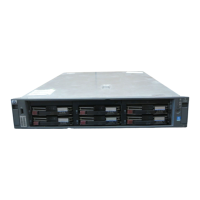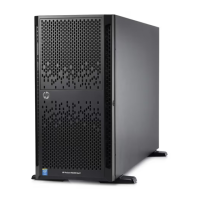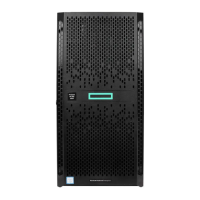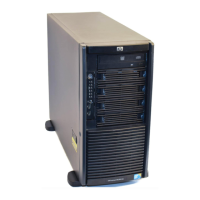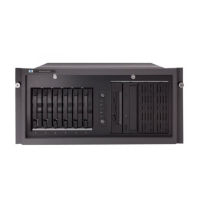162 Reference and Troubleshooting Guide
•
•
•
•
Microsoft® operating systems—PSPs are available for servers running
Windows® Server 2003. SSDs are also available for other versions of
Microsoft® Windows® operating systems.
Novell NetWare—PSPs are available for servers running the latest versions
of Novell NetWare. SSDs are available for previous versions of the Novell
NetWare operating system.
Caldera UnixWare and SCO OpenServer from Caldera—EFSs are available
for servers running Caldera and SCO operating systems.
Linux—PSPs are available for servers running the latest Linux versions. For
versions not supported by PSPs, drivers are available for individual
download
(http://h18000.www1.hp.com/products/servers/linux/softwaredrivers.html
).
Remote ROM Flash Problems
List of Problems:
General remote ROM flash problems are occurring...................................................................162
Command-line syntax error........................................................................................................163
Invalid or incorrect command-line parameters...........................................................................163
Access denied on target computer..............................................................................................163
Network connection fails on remote communication.................................................................163
Failure occurs during ROM flash ...............................................................................................164
Target system is not supported ...................................................................................................164
General remote ROM flash problems are occurring
Action: Be sure you follow these requirements for using the Remote ROM flash
utility:
•
•
•
•
A local administrative client system that is running the Windows® 2000 or
Windows® Server 2003 operating system
One or more remote servers with system ROMs requiring upgrade
An administrative user account on each target system. The administrative
account must have the same username and password as the local
administrative client system.
All target systems are connected to the same network and use protocols that
enable them to be seen from the administrative client.

